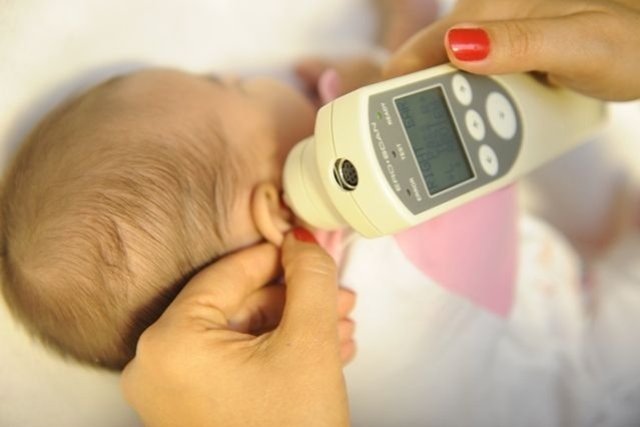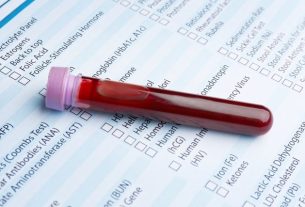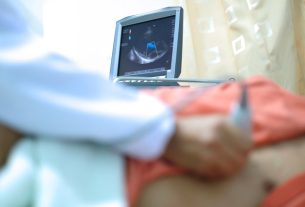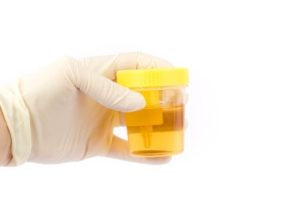The ear test is a test mandatory by law that must be carried out in the maternity ward, on babies to assess hearing and early detect any degree of deafness in the baby.
This test is free, easy and does not hurt the baby and is normally carried out during sleep between the 2nd and 3rd day of the baby’s life. In some cases, it may be recommended that the test be repeated after 30 days, especially when there is a greater risk of hearing changes, such as in the case of premature newborns, those with low weight or whose mother had an infection during pregnancy that was not properly treated. treated.

What is it for
The ear test aims to identify changes in the baby’s hearing capacity, and is therefore an important test for the early diagnosis of deafness, for example. Furthermore, this test allows you to identify small auditory changes that could interfere with the speech development process.
Thus, through the ear test, the speech therapist and pediatrician can assess the baby’s hearing capacity and, if necessary, indicate the start of specific treatment.
How the ear test is done
The ear test is a simple test that does not cause pain or discomfort for the baby. In this test, the doctor places a device in the baby’s ear that emits a sound stimulus and measures its return through a small probe that is also inserted into the baby’s ear.
Thus, in around 5 to 10 minutes, the doctor can check whether there are changes that should be investigated and treated. If changes were detected during the ear test, the baby should be referred for a more complete hearing exam, so that the diagnosis can be completed and appropriate treatment can be initiated.
When to do
The ear test is a mandatory test and is indicated in the first days of life while still in the maternity ward, and is normally carried out between the 2nd and 3rd day of life. Despite being recommended for all newborns, some babies are more likely to develop hearing problems, which is why the ear test is very important. Therefore, the risk of the baby having the ear test altered is greater when:
- Premature birth;
- Low weight at birth;
- Case of deafness in the family;
- Malformation of the bones of the face or involving the ear;
- The woman had an infection during pregnancy, such as toxoplasmosis, rubella, cytomegalovirus, herpes, syphilis or HIV;
- They used antibiotics after birth.
In these cases, it is important that, regardless of the result, the test is repeated after 30 days.
What to do if the ear test is abnormal
The test may be abnormal in just one ear, when the baby has fluid in the ear, which could be amniotic fluid. In this case, the test must be repeated after 1 month.
When the doctor identifies any changes in both ears, he or she may immediately recommend that the parents take the baby to an otorhinolaryngologist or speech therapist to confirm the diagnosis and begin treatment. In addition, it may be necessary to observe the baby’s development, trying to understand whether he hears well. At 7 and 12 months of age, the pediatrician can perform the ear test again to assess the baby’s hearing.
The following table indicates how the child’s hearing development occurs:
The best way to know if your baby doesn’t hear well is to take him to the doctor for tests. At the doctor’s office, the pediatrician will be able to carry out some tests that show that the child has a hearing impairment and if this is confirmed, he or she may recommend the use of a hearing aid that can be custom-made.
See other tests that the baby should take right after birth.
- BRAZILIAN SOCIETY OF PEDIATRICS. ear test. Available at: <https://www.sbp.com.br/especiais/pediatria-para-familias/cuidados-com-o-bebe/teste-da-orelhinha/>. Accessed on April 24, 2020

Sign up for our newsletter and stay up to date with exclusive news
that can transform your routine!
Warning: Undefined array key "title" in /home/storelat/public_html/wp-content/plugins/link-whisper-premium/templates/frontend/related-posts.php on line 12
Warning: Undefined array key "title_tag" in /home/storelat/public_html/wp-content/plugins/link-whisper-premium/templates/frontend/related-posts.php on line 13




